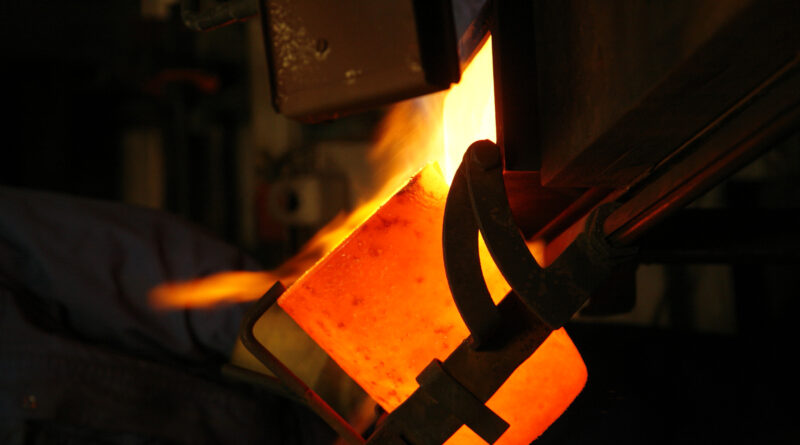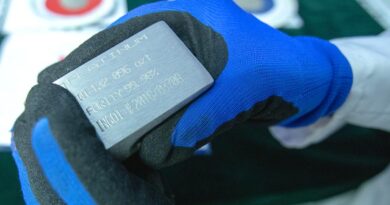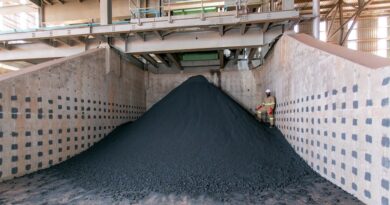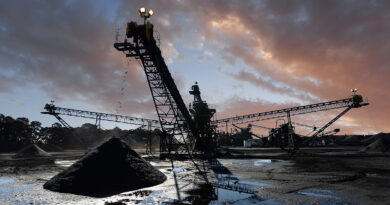Pan African’ Sudan exploration project placed under care and maintenance
Following the outbreak of violence in the Republic of Sudan, all expatriate employees working on the exploration project were safely repatriated. All of the Group’s assets situated in the Republic of Sudan, including the fire assay multi-element analytical laboratory, are currently guarded and have been placed under care and maintenance until such time as the situation stabilises and the Group can resume its exploration programme. The carrying value of the Group’s investment in the Sudan exploration project to date, including the acquisition of the exploration concessions and other assets, amounts to approximately US$5.0 million. Limited expenditure is currently being incurred on securing the Group’s assets and their care and maintenance, until such time as exploration activities can recommence.
The Group successfully commissioned the first commercial fire assay multi-element analytical laboratory within the Republic of Sudan during 2022. This laboratory is used to analyse all exploration samples extracted from the Block 12 exploration concessions granted to Pan African by the Sudan Ministry of Mines and any regional exploration work by other explorers.
Prior to the conflict, the exploration team active within Block 12A South and Block 12A North conducted soil geochemistry and hard rock chip sampling programmes to further define the identified exploration anomalies. Initial assaying received from the exploration targets identified in the south- eastern corner of Block 12A South averaged 1.7g/t from 12 samples taken from quartz veins, rock debris and soil.
However, some of the structures sampled indicated significantly higher gold mineralisation, with values ranging from 2.9g/t up to 9.4g/t. These structures will be further defined as part of a confirmatory sampling programme. No Mineral Resources or Mineral Reserves are currently reported for any of the targets.
Remote sensing imagery in Block 12A North detected a notable additional NE-SW anomaly approximately 11km long. Initial field investigations identified a siliceous unit hosting significant iron oxide alteration, with reported grades of 7.3, 0.19, and 0.58 g/t. Further sampling along the strike and down-dip of the unit, as well as subsequent mapping, revealed a potential extension of several kilometres towards the southwest.
Pan African remains positive that the in-country situation will stabilise to the extent that it can resume exploration activities in the near future.




